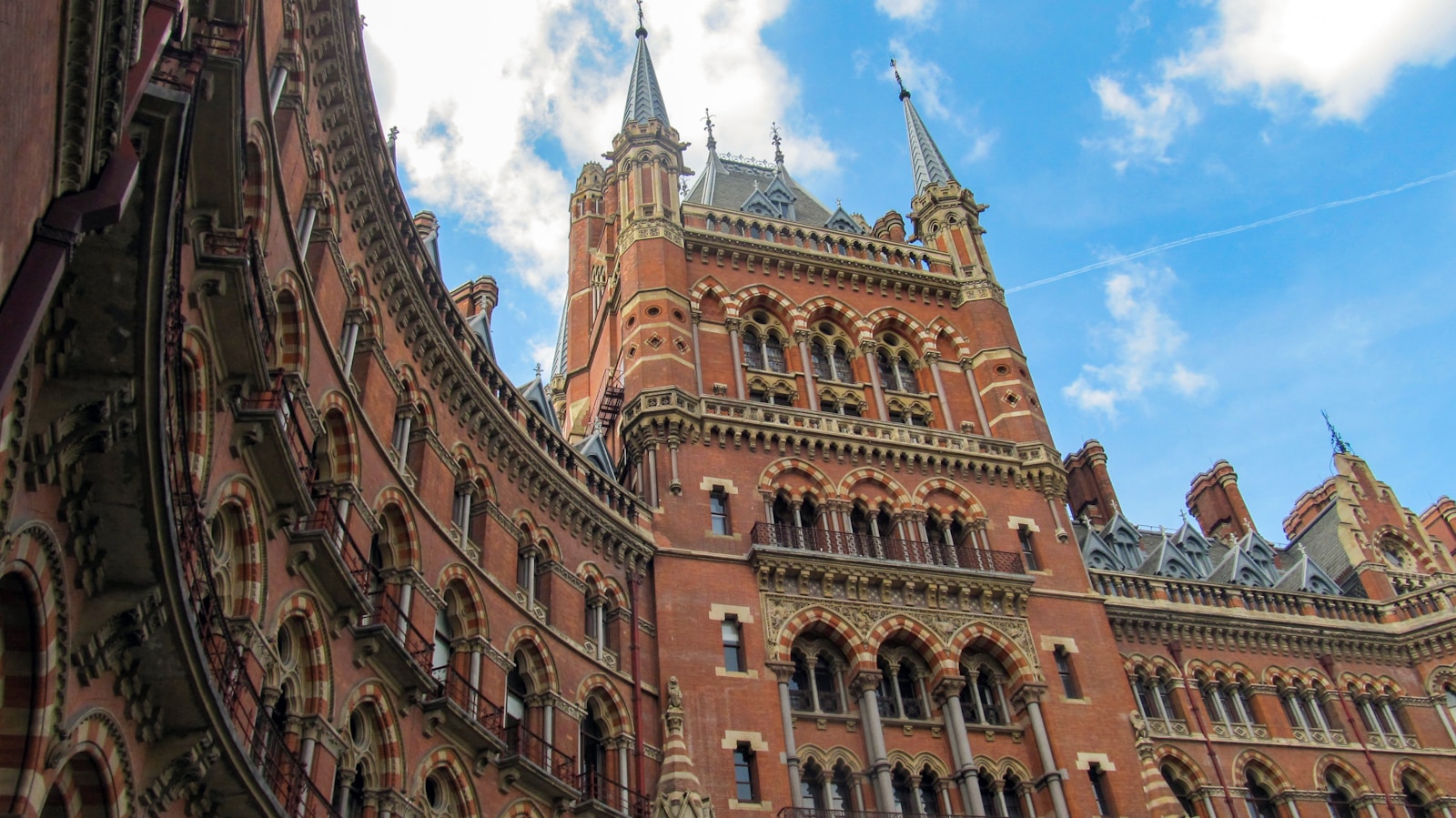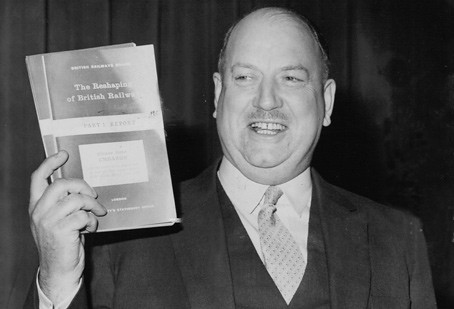
Introduction
When it comes to travel, the journey is often as important as the destination. In the UK, there’s a unique charm to train travel, and part of that charm lies in the stunning railway terminals that dot the landscape. These gateways to adventure are not just functional; they are architectural marvels, steeped in history and often brimming with shops, cafes, and a palpable sense of excitement. Let’s embark on a whimsical journey through some of Britain’s most beautiful railway terminals, where every corner tells a story and every platform invites exploration.
The Grandeur of St Pancras International
If you’re starting your adventure in London, St Pancras International is a must-visit. This stunning terminal, known for its breathtaking Gothic architecture, will have you feeling like you’ve stepped into a Harry Potter film. Opened in 1868, the station boasts a striking red brick façade and soaring arches that seem to touch the sky. The grand clock tower, a beacon for travelers, is a sight to behold.
Inside, the station is alive with the hustle and bustle of passengers embarking on Eurostar journeys to Paris and beyond. The concourse is filled with shops that offer everything from artisan chocolates to high-end fashion. Don’t miss the chance to refuel at the beautifully designed Champagne Bar, where you can sip bubbly while watching the world go by. The station is not just a transit point; it’s an experience in itself.
King’s Cross Station: A Hub of History and Modernity
Just a stone’s throw from St Pancras lies King’s Cross Station, another London gem that marries history with contemporary design. Famous for its iconic Platform 9¾, this terminal has captured the hearts of Harry Potter fans far and wide. But don’t let the wizarding world overshadow the station’s architectural features.
The station’s main concourse, completed in 2012, is a magnificent example of modern design, with a stunning lattice roof that invites natural light to flood the space. It’s a perfect blend of old and new, featuring original Victorian facades alongside innovative contemporary structures. Grab a coffee from one of the many cafes and take a moment to appreciate the hustle and bustle of this vibrant hub.
Edinburgh Waverley: A Scottish Marvel
Traveling north, we arrive at one of Scotland’s most beautiful railway terminals, Edinburgh Waverley. Nestled between the Old Town and New Town, this station is steeped in history and offers stunning views of the iconic Edinburgh Castle. The grandeur of the station is best appreciated from the upper levels, where you can gaze down at the bustling platforms below.
Waverley’s architecture reflects its Victorian roots, with intricate wrought-iron detailing and a spacious concourse that feels both inviting and majestic. While you’re here, take time to explore the surrounding area. The station is conveniently located for a wander through Edinburgh’s cobbled streets, where you can indulge in some haggis or enjoy a dram of whisky in one of the nearby pubs.
Liverpool Lime Street: A Cultural Crossroads
Moving westward, we reach Liverpool Lime Street, a station that’s not only a gateway to the city but also a cultural hotspot in its own right. Opened in 1836, Lime Street is one of the oldest terminals in the world, showcasing stunning Victorian architecture with its iconic clock tower and impressive façade.
Inside, the hustle and bustle of travelers mingles with the vibrant energy of Liverpool’s rich musical history. The station is adorned with memorabilia celebrating The Beatles and other local legends. Grab a bite at the station’s deli or take a moment to enjoy some live music if you’re lucky enough to catch a performance. Lime Street is more than a terminal; it’s a celebration of Liverpool’s unique heritage.
Paddington Station: The Bear Necessities
Paddington Station, with its famous bear mascot, is another iconic terminal in London that warrants attention. The station, opened in 1854, features a stunning Victorian roof and a charming, bustling atmosphere. It’s not just a travel hub; it’s an experience for families and children of all ages.
The Paddington Bear statue is a delightful photo opportunity for visitors, and the nearby shops offer an array of Paddington-themed merchandise. If you’re feeling peckish, dive into one of the many eateries within the station or head to the beautiful nearby Little Venice, where you can enjoy picturesque canals and quaint cafes.
Birmingham New Street: A Modern Marvel
Birmingham New Street has undergone a significant transformation in recent years, blending modern architecture with the historic features that have stood the test of time. The station’s new concourse, completed in 2015, is a sight to behold, with its expansive glass roof and contemporary design.
One of the standout features of New Street is the stunning Grand Central shopping area, located directly above the station. Here, you can indulge in retail therapy before or after your journey, with a plethora of shops and restaurants to choose from. New Street is a testament to how a railway terminal can evolve with the times while still retaining its charm.
Cardiff Central: A Gateway to Wales
Heading into Wales, Cardiff Central is a station that embodies the spirit of the capital. This terminal combines history with vibrant culture, serving as a gateway to the stunning landscapes of Wales. The station’s architectural design is a blend of Victorian and contemporary styles, creating a welcoming atmosphere for travelers.
As you step inside, you’ll notice the impressive stained-glass windows that depict the history of the Welsh railways. Cardiff Central is also a hub for events and festivals, so check local listings for pop-up markets or performances that might be taking place during your visit. Don’t forget to sample some classic Welsh food at the local eateries nearby!
Conclusion: A Journey Worth Taking
Traveling through Britain’s railway terminals is like embarking on a journey through time, culture, and history. Each station offers a unique experience, from the grandeur of St Pancras to the vibrant energy of Liverpool Lime Street. These terminals are not just about catching trains; they are about immersing yourself in the character of each city, enjoying the local culture, and embarking on new adventures.
So, next time you’re planning a trip in the UK, take a moment to appreciate the beauty and history of the railway terminals en route. Whether you’re indulging in a champagne brunch at St Pancras, capturing a photo with Paddington Bear, or exploring the streets of Edinburgh, each terminal is a destination in its own right. Grab your ticket, hop on the train, and let the adventure unfold!

